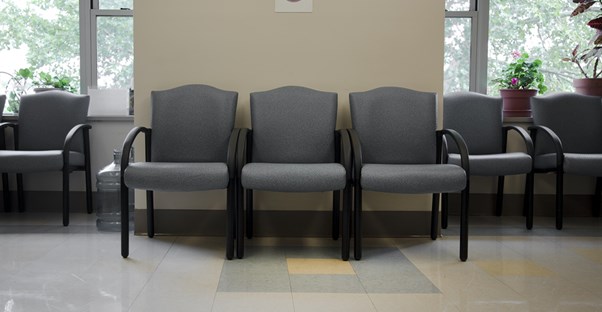Chlamydia is one of the most common sexually transmitted infections (STI) around. Symptoms for both men and women include itching or burning during urination or around the anus, swelling of the genital area, and abnormal discharge, among other things. Unfortunately, those signs are often not present, resulting in more than 50% of those infected being unaware they have contracted it. Because of this, chlamydia gets spread more easily than other infections that regularly present symptoms. If left unchecked, the infection can spread to more internal reproductive organs, causing severe and permanent damage.
Here is a look at how medical professionals diagnose chlamydia, despite the challenges presented by its frequently lack of symptoms.
When to Get Tested
While some STIs can be detected by a blood test, others, including chlamydia, require a more thorough approach. Although it can be embarrassing to have such a comprehensive exam, doctors are quite used to dealing with all the parts of the human body, so patients should never use this as an excuse to avoid testing.
For those with active symptoms, it may be possible to tell if chlamydia has been contracted by using physical exam. The nature of the unusual discharge can be a key indicator, as can swelling of the back of the testicles, inside of the vagina, or of the anus. However, because other STIs, specifically gonorrhea, can also cause abnormal discharge and genital pain, more conclusive testing is generally required to be sure of the type of infection. Although both infections are treated with antibiotics, the specific medications used are different.
How Testing Works
There are several different ways to test for chlamydia, with the easiest methoding being a urine analysis. However, depending on the circumstances, it may be necessary for the doctor to collect a more direct sample of cells. A swab is taken from men by inserting a q-tip into the urethra and sometimes the rectum. For women, the routine is similar to an annual gynecologist visit: a speculum is inserted into the vagina, and from there a swab is taken from the cervix.
Nucleic Acid Amplification Tests (NAAT) search for the DNA that make up the chlamydia strain. This test is one of the most efficient at correctly identifying the infection, very rarely resulting in false positives. DNA Probe Testing is another common method. While it works in much the same way, probe testing is less sensitive, and therefore less effective than NAATs.
The Enzyme-linked Immunosorbent Assay (ELISA) and Direct Fluorescent Antibody (DFA) test check for the chlamydia antigens that prompt the body to fend off the chlamydia infection. These methods are performed in a lab, and it can take up to a week for results to come back.
How to Prepare
When making an appointment, be sure ask what diagnostic test will be used in order to ensure a more accurate result. Avoid urinating for at least two hours before taking a urine test or male urethral swab. Women should refrain from using any foreign substances (like douches or powders) on the genital area to prevent contamination. Do not attempt to self-medicate with antibiotics left over from other illnesses, as this can affect the integrity of the tests as well.
If anything seems unusual or painful in the genital area, it is of the utmost importance to go to a doctor for testing. City or county health clinics often offer an STI screening at very low costs. For people who are sexually active, especially with more than one person, or with a person who is active with other people, regular screening can prevent a lot of problems caused by this sometimes silent infection.




